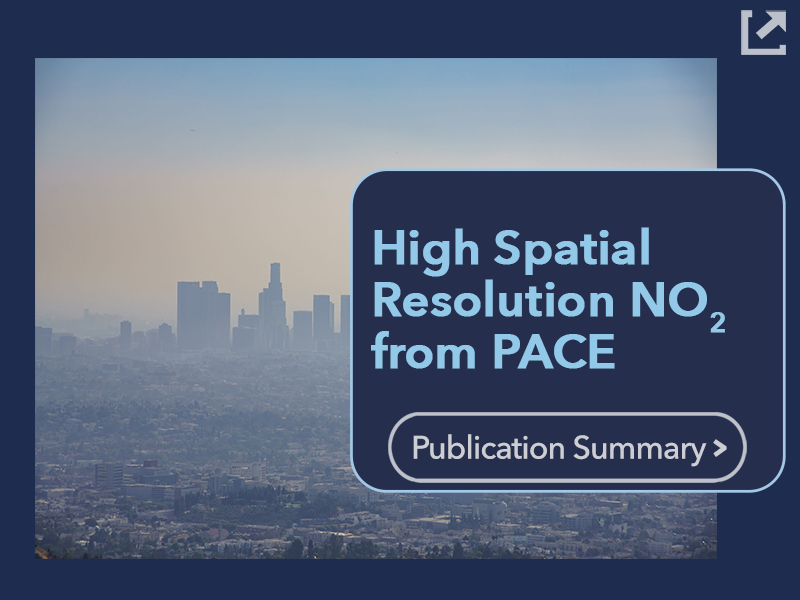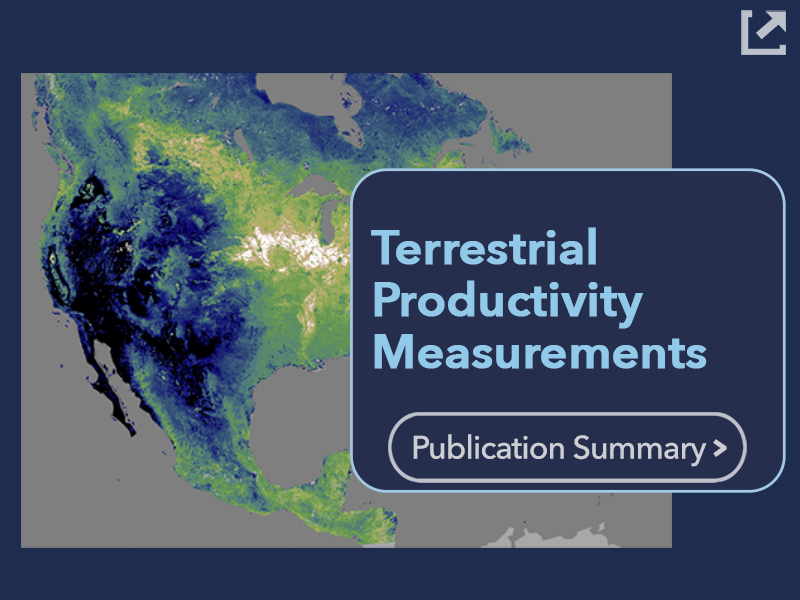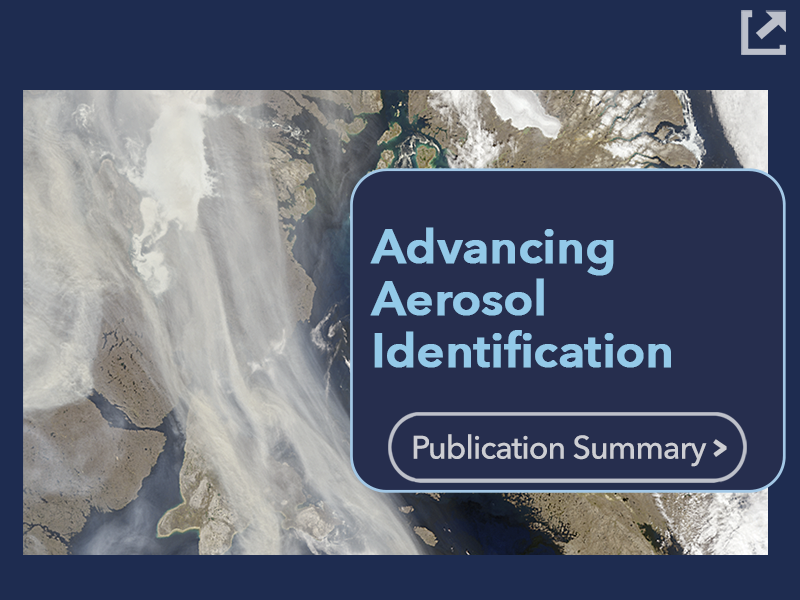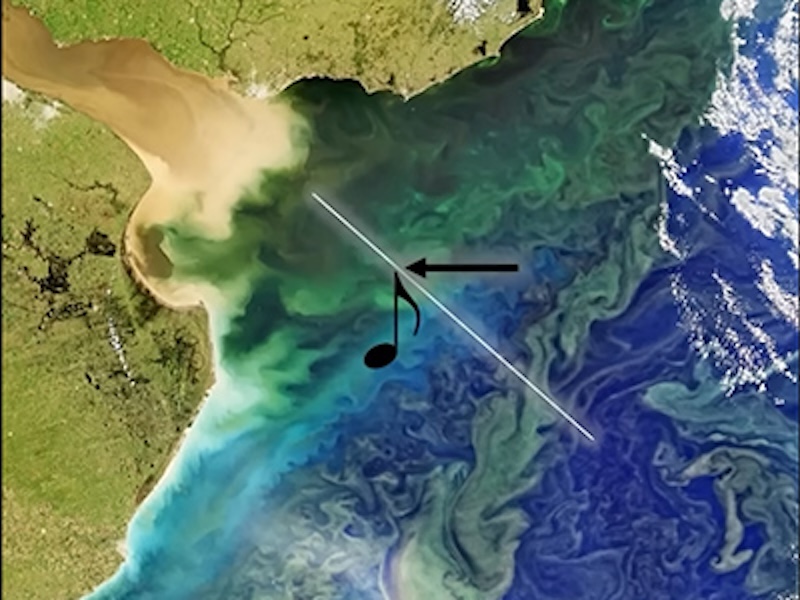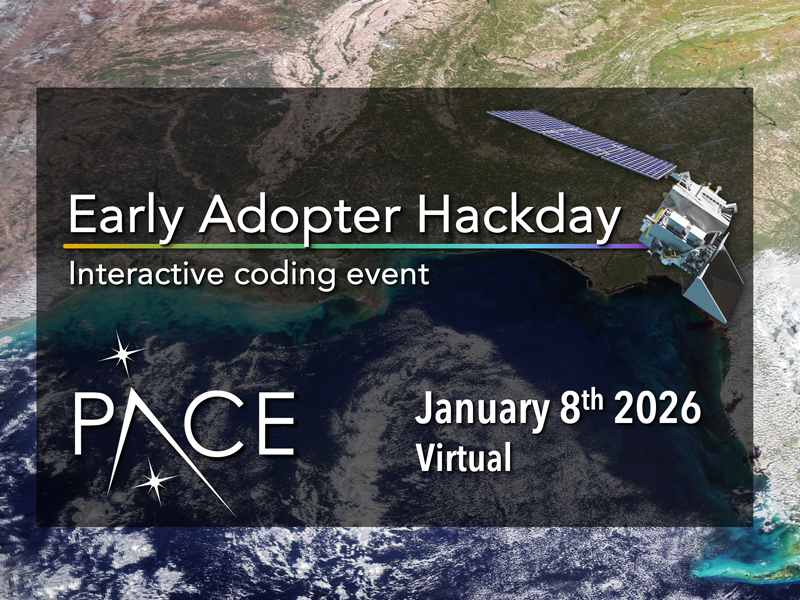Science
What are we discovering?
Data from PACE is helping to understand out planet in new ways! For the first time, phytoplankton (microscopic algae) community types can be identified from space. It also enables better detection of harmful algal blooms. PACE's novel, high-quality measurements are pinpointing the types and sources of aerosols such as smoke, dust, and pollution while improving our knowledge of clouds' 3D structure. PACE has also exceeded expectation by supporting novel agriculture and forestry applications.
Full list of PACE-related Publications »Photos of Earth taken from space show vast blue seas and stretches of white clouds. Looking more closely – and beyond what we can see by eye – reveals important details about our living ocean and climate.
Being located farther from the satellite, only a small fraction of light comes from the ocean. Subtracting the signal of the atmosphere helps to determine a key value, "water-leaving radiance." This can be used to learn more about phytoplankton at the ocean surface. How? Phytoplankton have various shapes, sizes, and pigments; all of which affect ocean color. To help decipher phytoplankton types, PACE senses color at very high resolution and over a broad spectrum: from ultraviolet to infrared wavelengths.
Color is not the only property of light that tells us about our planet. Light's polarization – how it oscillates within a geometric plane – is another important dimension of information. For example, when sunlight interacts with clouds or aerosols, its polarization can change. Measuring these types of changes helps us better understand our atmosphere and climate.
Shedding Light on PACE »How does it work?
PACE's primary sensor is the Ocean Color Instrument (OCI). Its unprecedented coverage of broad wavelengths at high resolution not only benefits ocean science but atmospheric science, as well. OCI data are complemented by measurements from PACE's two polarimeters. These instruments focus on the study of clouds and aerosols.


